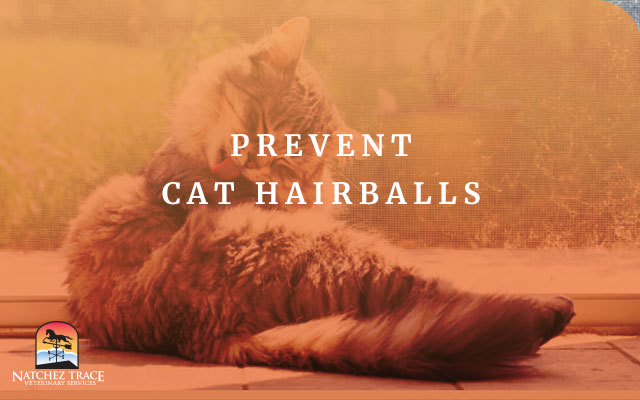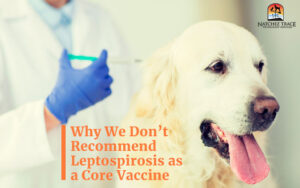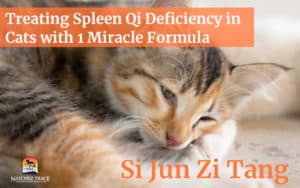How to Prevent Cat hairballs?
Most people who own cats, especially long haired cats, can benefit from learning how to prevent cat hairballs. Hairballs are a common problem seen in cats. They are caused by an accumulation of hair in the stomach of the cat which is eventually spit up in long tubular clumps that we call “hairballs”.
This condition is a direct result of the significant amount of time that a cats spend grooming themselves. It has been estimated that cats groom themselves for up to one-third of their waking hours!
HOW DO CATS GET HAIRBALLS?
The problem begins when the cat swallows the hair it has licked off while cleaning itself. The barb-like projections on the cat’s tongue pull the hair loose from the skin and haircoat. These barbs point inward on the tongue, which causes the hair to remain lodged on the cat’s tongue until it is swallowed.
Because hair is mostly indigestible, the digestive process causes it to knot up in the stomach. The hairball enlarges and is unable to pass out of the stomach down into the small intestine. At this point it becomes an irritant to the stomach lining and is usually vomited up.
If a hairball gets too large to pass back up into the esophagus, it must be surgically removed.
SIGNS THAT YOUR CAT MAY HAVE HAIRBALLS:
- Finding regurgitated hairballs
- Gagging
- Vomiting
- Constipation
- Listlessness
- Coughing
- Loss of appetite
- Depression
Finding regurgitated hairballs is a definite sign that your cat has a problem and needs help.
Although rarely fatal, hairballs are very uncomfortable for the cat and can lead to serious complications.
BRUSHING TO PREVENT CAT HAIRBALLS
The best prevention is to brush your cat every day to remove the loose hair. This is especially true with long haired breeds. Daily brushing is very important during the spring, as spring the natural shedding time for cats. After brushing, wipe the cat’s coat with a damp towel to remove any loose hair. This will eliminate future “hairball” material!
SUPPLEMENTS AND MEDICATIONS TO PREVENT CAT HAIRBALLS
Supplements and medications are available to eliminate hairballs and help prevent reoccurrence. The best products available are dietary fiber supplements which can be added to the cat’s food to aid in the elimination of accumulated hair. Laxatives in the form of pastes, or even petroleum jelly, have been recommended for many years. There are many different brands available that will be readily accepted by the cat. If using gels, it is usually recommended that the gel be rubbed on the cat’s mouth, nose, or even on its feet. It will then be swallowed during the cat’s normal grooming process.








